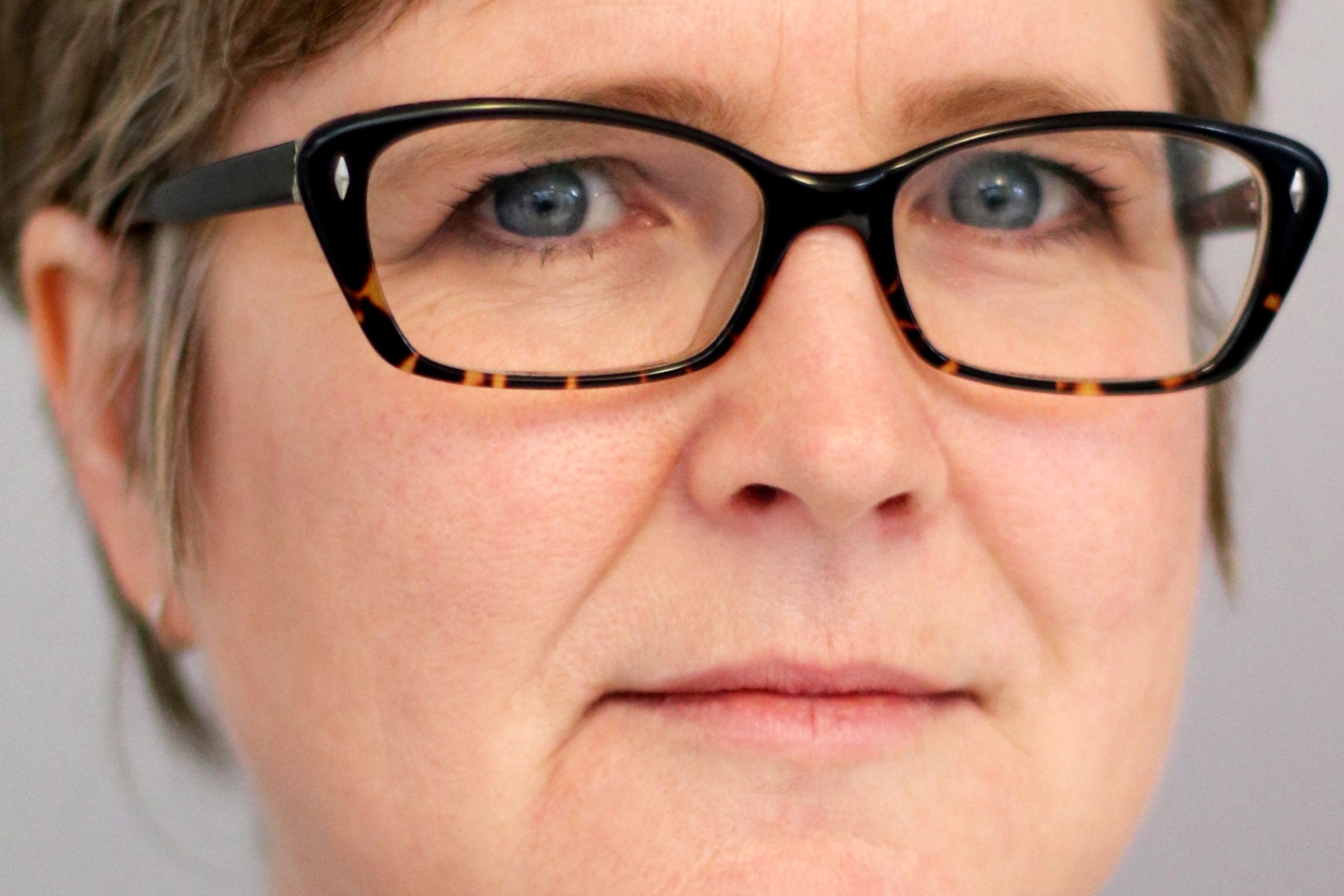The ONS data shows absence rates in 2024 returned to the 2% pre-pandemic level but the number of working days lost remained higher than in the decade before the pandemic.
Sam Atwell, policy and research manager, Healthy Lives at The Health Foundation, said: ‘Employers and Government alike should be concerned by these findings as extended or repeated episodes of sickness absence can be a warning sign that an employee is at risk of leaving the workforce and becoming economically inactive.'
The Health Foundation's recent report, Action for healthier working lives, emphasises the critical importance of early intervention in keeping workers with health problems in work and out of the welfare system.
Absence rates for workers in lower-paid 'elementary' occupations were much higher compared to those in senior and 'professional' roles.
The Health Foundation said statutory sick pay was among the least generous in the UK, adding this posed greater work of people working through sickness or leaving the workforce altogether.
Atwell added: ‘The Government can help prevent workforce exits and reduce sickness absence by ensuring more workers can access tailored vocational rehabilitation support via a caseworker model, as recently highlighted by Sir Charlie Mayfield's Keep Britain Working review.
‘The upcoming Spending Review is an opportunity for the Government to lay the foundations for a healthier future by restoring local authority funding for public health and investing further in health and work support.'
A Government spokesperson said: 'Our landmark reforms to strengthen Statutory Sick Pay will help millions of workers by providing better financial security and support when they're ill, with expected benefits to the economy by reducing how long people are off sick for.
'These plans to make work pay go hand in hand with our determination to get Britain back to health and back to work.
'As part of this plan, we announced an independent review to recommend ways to boost employment by better supporting those with ill health who may be at risk of falling out of work and disabled people to stay in employment.'



